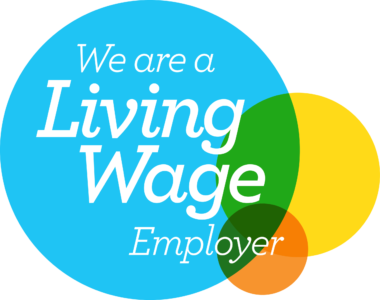HMRC’s new Check Employment Status for Tax tool, the disability pay gap and a summary of what’s next for employment law in the light of the recent election results are included in this December’s Quick fire.
CEST Tool
The HMRC ‘Check Employment Status for Tax’ (CEST) tool has recently been updated, alongside new and updated CEST guidance.
The CEST tool asks a series of questions in order to determine an individual’s employment status for tax and National Insurance Contribution purposes (not for determining employment rights). A revised version of CEST has been long-promised by HMRC, in light of recent tax-status decisions and criticism over the accuracy of the results provided by the CEST tool. It is also designed to assist employers in anticipation of the new off-payroll rules applicable to private sector employers (known as IR35), due to take effect from 6 April 2020.
If the CEST tool is used correctly and the information provided is accurate, HMRC has stated that it will stand by the answer it produces. If the identity of the worker is not known at the time of completing the test, HMRC recommends re-running the test once the worker’s identity is known.
It remains to be seen whether the amended CEST tool is an improvement on the previous version, but the additional guidance on using the tool is to be welcomed.
Disability pay gap
The Office for National Statistics (ONS) has published a new report, Disability pay gaps in the UK: 2018, which examines the gap in pay between disabled and non-disabled workers in the UK.
The report is based on pay data from 2018, and shows that median pay was consistently higher for non-disabled employees: £12.11 an hour compared to £10.63 an hour for disabled employees, a pay gap of 12.2%. The disability pay gap was wider for men than for women, and geographically the widest pay gap was in London, 15.3% compared to just 8.3% in Scotland. Disabled employees with a mental impairment had the largest pay gap of 18.7%, compared with 9.7% for those with a physical impairment.
According to the report, nearly one in five of the UK population of working age was disabled in 2018 (18.9%), with just half of those in employment compared with over 80% of non-disabled people. The difference in pay can be partly explained by differences in qualifications and occupation, with disabled employees more likely to be employed in lower-skilled and lower-paid occupations.
Pledges to tackle the disadvantages suffered by disabled people in the workplace were made by both the Conservative and Labour parties prior to the general election, but we will have to wait to see whether any such proposals are taken forward.
A key factor in keeping disabled employees in the workplace is the existing duty to make reasonable adjustments, which is the subject of our forthcoming Early Birds seminars [link]. Sign up now for your free place.
What’s next for employment law?
Last month we provided a summary of the main political parties’ proposals relating to employment law. With a majority Conservative Government now in place, here’s a reminder of what we have in store according to the promises made in their election manifesto:
- increase the National Living Wage to £10.50 by 2024 and extend it to every worker over the age of 21
- implementing the government’s Good Work Plan on worker rights, including proposals to address one-sided flexibility in worker contracts, requiring employers to pass on tips and service charges to workers and introducing a single enforcement body for employment rights
- consult on making flexible working available by default unless employers have good reasons not to allow it
- allowing parents to take extended leave for neonatal care and looking at ways to make it easier for fathers to take paternity leave
- extending the entitlement to leave for unpaid carers; and
- creating a new National Skills Fund worth £3 billion to provide matching funding to individuals and SMEs for high-quality education and training.
We currently have no confirmed timescales for these proposed reforms.
This article is from the December 2019 issue of Employment and Immigration Law Update, our monthly newsletter for HR professionals. To download the latest issue, please visit the newsletter section of our website.
The content of this article is for general information only. For further information please contact Liz Stevens or another member of Birketts’ Employment Law Team.
The content of this article is for general information only. It is not, and should not be taken as, legal advice. If you require any further information in relation to this article please contact the author in the first instance. Law covered as at December 2019.








